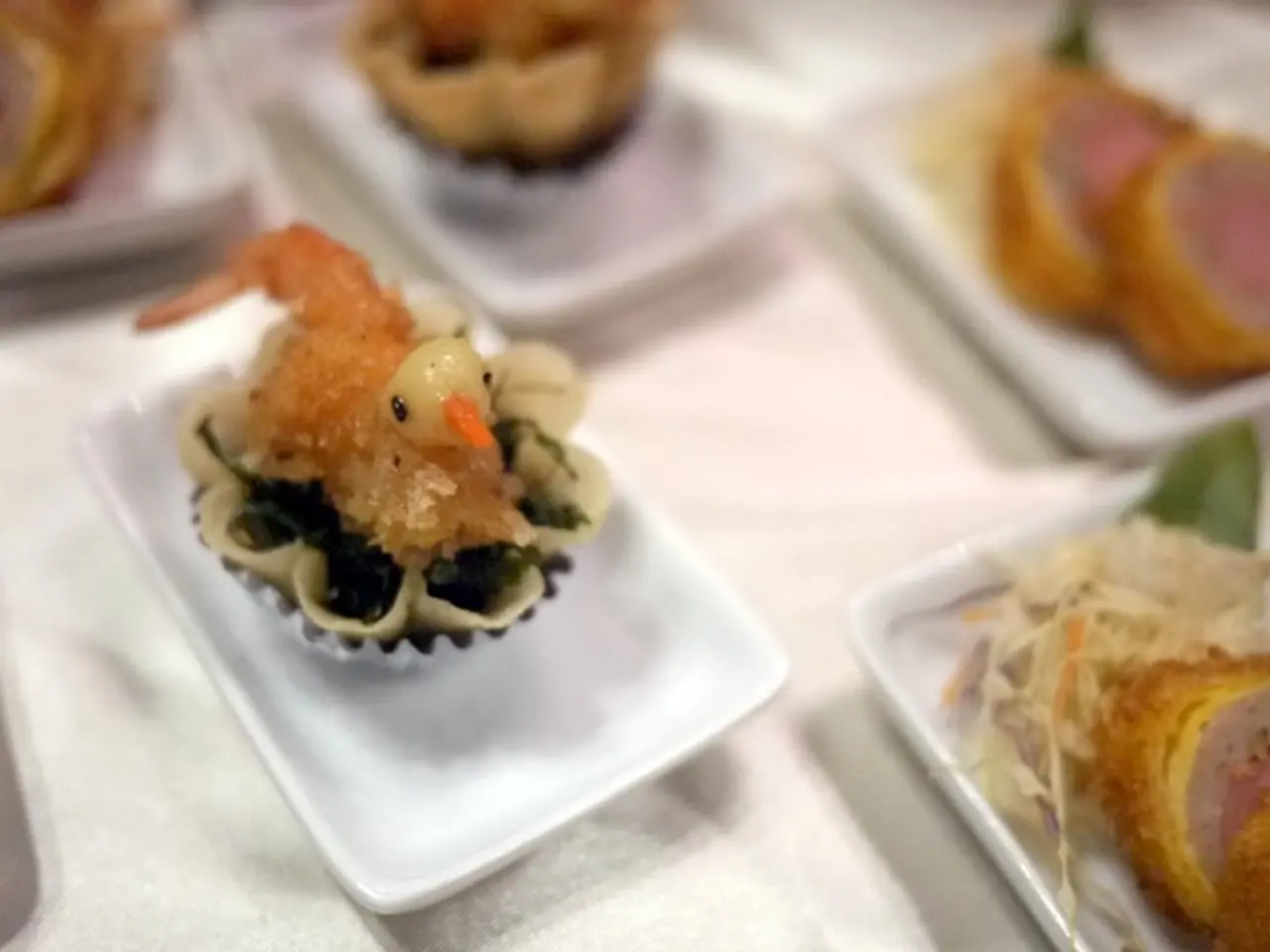Strategies for combating hair loss in women:
In the world of female hair loss, understanding the available treatments and finding the right approach is crucial. Here, we explore the top methods for treating hair loss, focusing on those mentioned in your query.
1. Minoxidil: This topical medication, available under the brand name Rogaine and generic alternatives, stimulates hair growth and slows down hair loss. Widely used and prescribed, minoxidil shows consistent results in promoting hair growth and maintaining existing hair.
2. Light Therapy (Low-Level Laser Therapy and Photobiomodulation): Utilizing low-level laser or light-emitting diodes, light therapy is believed to increase blood flow to the scalp and promote hair follicle health. Studies have shown that it can be effective in promoting hair growth, although results can vary.
3. Ketoconazole: An antifungal shampoo, ketoconazole helps reduce dandruff and promote a healthy scalp environment. While primarily an antifungal, ketoconazole may help improve scalp health, which can indirectly support hair growth.
4. Corticosteroids: Primarily used to treat inflammation and autoimmune conditions that can cause hair loss, corticosteroids can be applied topically or injected into the scalp. Effective for conditions like alopecia areata, they are not typically used for female pattern hair loss.
5. Platelet-Rich Plasma (PRP) Therapy: Involving the injection of platelet-rich plasma into the scalp, PRP therapy promotes healing and regeneration, potentially stimulating hair growth. Results can be variable based on individual factors.
6. Hormone Therapy: For women with hormonal imbalances contributing to hair loss, hormone therapy can help restore balance and reduce hair loss symptoms. This can be particularly beneficial for those experiencing hair loss due to menopause.
7. Hair Transplant: A surgical procedure, hair transplantation involves moving healthy hair follicles from one part of the scalp to areas experiencing hair loss. Providing permanent results, this treatment is more invasive and expensive compared to other treatments.
8. Hair Loss Shampoos: Various shampoos claim to promote hair growth by improving scalp health and using ingredients like biotin, keratin, and saw palmetto. While they can contribute to a healthy scalp environment, individual results may vary.
9. Nutritious Diet: A diet rich in vitamins and minerals, particularly those beneficial for hair health such as biotin, vitamin D, and omega-3 fatty acids, can support hair growth.
10. Scalp Massage: Massaging the scalp can increase blood flow and reduce stress, which may help promote hair growth. While anecdotal evidence supports its benefits, scientific proof is limited.
In addition to these treatments, other notable options include Alma TED, which delivers nutrients and growth factors to the scalp, and PP405, a new topical treatment showing promise in clinical trials for treating androgenetic alopecia.
Females with androgenetic alopecia may experience a wider parting in their hair, thinner or patchier hair overall, and a shorter hair cycle. If treatments are ineffective, investigating inflammatory conditions and hormone imbalances may be necessary.
For those finding success with minoxidil, it's essential to continue using it indefinitely. Side effects are uncommon and generally mild, with some females experiencing irritation or an allergic reaction to ingredients in the product.
Coping with hair loss can include wearing head garments or wigs, shorter haircuts, or accepting hair loss as a natural part of the aging process. In some cases, where other treatments are not effective, hair transplantation may be a viable option.
Each treatment has its benefits and drawbacks, and the best approach often involves a combination of these methods tailored to the individual's specific hair loss condition.
- Minoxidil, marketed under brand names like Rogaine and generic alternatives, is a topical medication that stimulates hair growth and slows down hair loss, showing consistent results in promoting hair growth and maintaining existing hair.
- Light therapy, utilizing low-level lasers or light-emitting diodes, increases blood flow to the scalp and promotes hair follicle health, potentially being effective in promoting hair growth despite variable results.
- Ketoconazole, an antifungal shampoo, helps reduce dandruff and promote a healthy scalp environment, indirectly supporting hair growth due to its antifungal properties.
- Corticosteroids are used to treat inflammation and autoimmune conditions that can cause hair loss, and can be applied topically or injected into the scalp, effective for conditions like alopecia areata but not typically used for female pattern hair loss.
- Platelet-Rich Plasma (PRP) Therapy involves the injection of platelet-rich plasma into the scalp to promote healing and regeneration, potentially stimulating hair growth, with results varying based on individual factors.
- For women with hormonal imbalances contributing to hair loss, hormone therapy can help restore balance and reduce symptoms of hair loss, particularly beneficial for women experiencing hair loss during menopause.
- Hair transplantation, a surgical procedure, moves healthy hair follicles from one part of the scalp to areas experiencing hair loss, providing permanent results but being more invasive and expensive compared to other treatments.
- Numerous hair loss shampoos claim to promote hair growth by improving scalp health, using ingredients like biotin, keratin, and saw palmetto, though individual results may vary.
- Maintaining a nutritious diet rich in vitamins and minerals, especially those beneficial for hair health like biotin, vitamin D, and omega-3 fatty acids, supports hair growth.
- Scalp massage can increase blood flow and reduce stress, which may contribute to hair growth, though scientific proof is limited.
Additional noteworthy treatments include Alma TED, which delivers nutrients and growth factors to the scalp, and PP405, a new topical treatment showing promise in clinical trials for treating androgenetic alopecia.
Females with androgenetic alopecia may experience a wider parting in their hair, thinner or patchier hair overall, and a shorter hair cycle. If treatments are ineffective, investigating inflammatory conditions and hormone imbalances may be necessary.
For those finding success with minoxidil, continuous use is crucial to sustain its benefits, with side effects being uncommon and generally mild, as some females may experience irritation or an allergic reaction to the product's ingredients.
Coping with hair loss can involve wearing head garments or wigs, shorter haircuts, or embracing hair loss as a natural part of the aging process. In cases where other treatments are ineffective, hair transplantation may be a viable option.
The best approach often involves a combination of these methods, tailored to the individual's specific hair loss condition, as each treatment offers unique benefits and drawbacks within the field of women's health and hair care.




